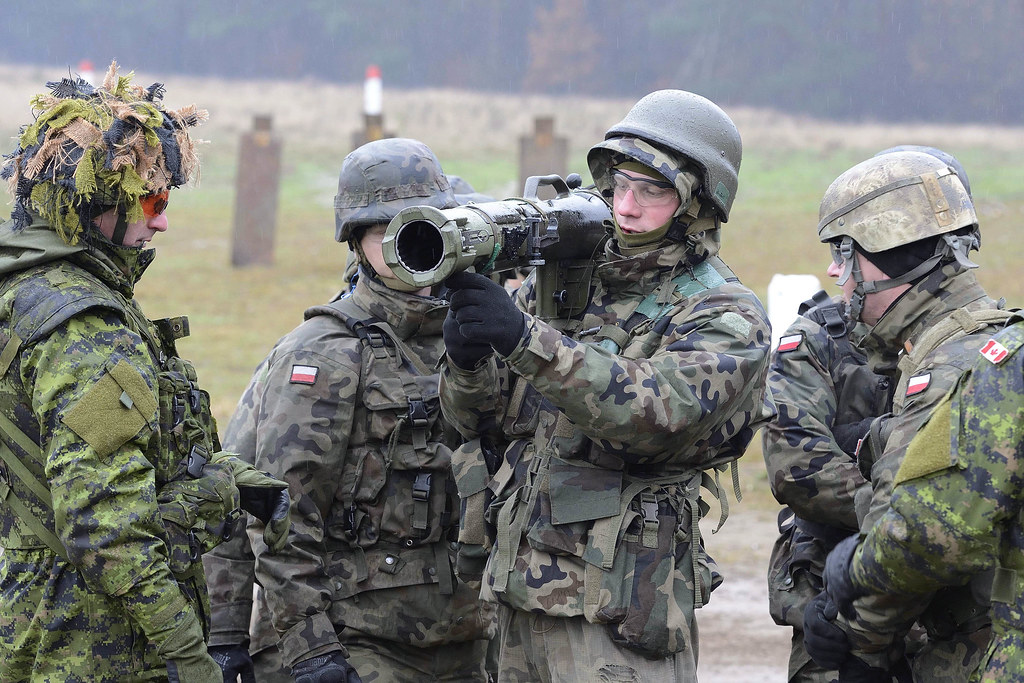By: Thomas Walkom,
Toronto StarIt has always been a myth that Canada’s soldiers in Iraq don’t do combat. Now the myth is even harder to sustain.
On Thursday, a senior general acknowledged that, over the last few months, Canadian special forces operating in northern Iraq have become increasingly involved in front-line skirmishes against Daesh fighters.
 |
| Canadian special operations forces soldiers working in northern Iraq in April teach local Peshmerga soldiers in how to deal with casualties after a simulated mortar attack. The exercise was done at the Canadian base west of Erbil. (MICHELLE CLELAND / TORONTO STAR) |
“The mission has changed,” said Brig.-Gen. Peter Dawe. “We are more engaged on the line … the risk has increased.”
There are roughly 200 Canadian special-forces troops operating in Iraq. Ostensibly, their role is to train Kurdish troops.
In military bureaucratese, this is known as an “advise and assist” mission, as opposed to an “advise, assist and accompany” mission — which is what Canadian soldiers did when they were supporting local troops during the Afghan War.
Both the current Liberal government and the Conservative one it replaced have gone to great lengths to assure Canadians that Iraq is not another Afghanistan. So these semantic debates over the definition of word “combat” have taken on great political meaning.
The Conservatives used to say shooting in self-defence was not real combat.
Under the Liberals, the military brass is engaging in similar linguistic contortions to avoid the dreaded word.
According to one, Canadian troops have to be the “principal combatants” to engage in combat. According to another, combat only occurs once soldiers have crossed an imaginary line on the battlefield.
But in the real world of war, the differences become blurred — particularly when the battle lines are fluid.
It’s hard to advise and assist Kurdish troops when they are going into battle, unless you accompany them.
And when you do that — whoops — sometimes you are shot at.
What can you do then but shoot back?
None of this would matter if the war against Daesh, sometimes known as ISIS, were a set-piece conflict. But it is not.
In both Iraq and Syria, the war is unnervingly complicated and factional.
Mercifully, Canada is no longer involved in bombing Syria where, with the U.S. and Russia rattling sabres at one another, even the air war has become more dangerous.
But Iraq is bad enough. Sunni, Shiite and Kurdish forces don’t trust one another. Moreover, as the Financial Times reported last week, the fissures that have always existed within these three major groups are beginning to widen.
It’s not that long ago that rival Kurdish parties in northern Iraq were involved in a murderous shooting war with one another.
When Canada’s Liberals were in opposition, their approach to the Iraq war appeared to make sense — at least in the abstract,
Party leader Justin Trudeau said then that he opposed involving Canada in a combat role but was happy to send Canadian troops to Iraq as advisers and trainers.
Once he became prime minister, Trudeau ended Canada’s role in the bombing war in Iraq and Syria to keep his no-combat promise.
But at the same time, he tripled the number of Canadian ground troops in Iraq in order to keep his training promise.
The net result has been less combat in the air and more on the ground.
And, as Dawe acknowledged last week, the risk of Canadian casualties is growing
Is this really where the Liberals want to be on this issue?
In devising the current scheme, Trudeau and his advisers were searching for that classic middle ground between what they viewed as Conservative hawks and New Democrat doves.
What they came up with, however, was a mission that poses more danger to Canadian soldiers in Iraq than anything the Conservatives ever devised.
If that’s what Canadians want, I suppose this is fine. But the least the government could do is admit that our troops there aren’t just advising. They’re fighting.
I’vewritten in the past on Bill C-246, the attempt by Toronto Liberal MP Nathaniel Erskine-Smith to make badly needed reforms to animal cruelty laws.
I predicted then that his private member’s bill was doomed because of opposition from the so-called animal use lobby, such as the Ontario Federation of Anglers and Hunters.
Alas, I was right. Bill C-246 was defeated in the Commons last week by a vote of 198 to 84. Most New Democrats voted for the bill. Most Conservatives and Liberals — including Trudeau and his cabinet — did not.






